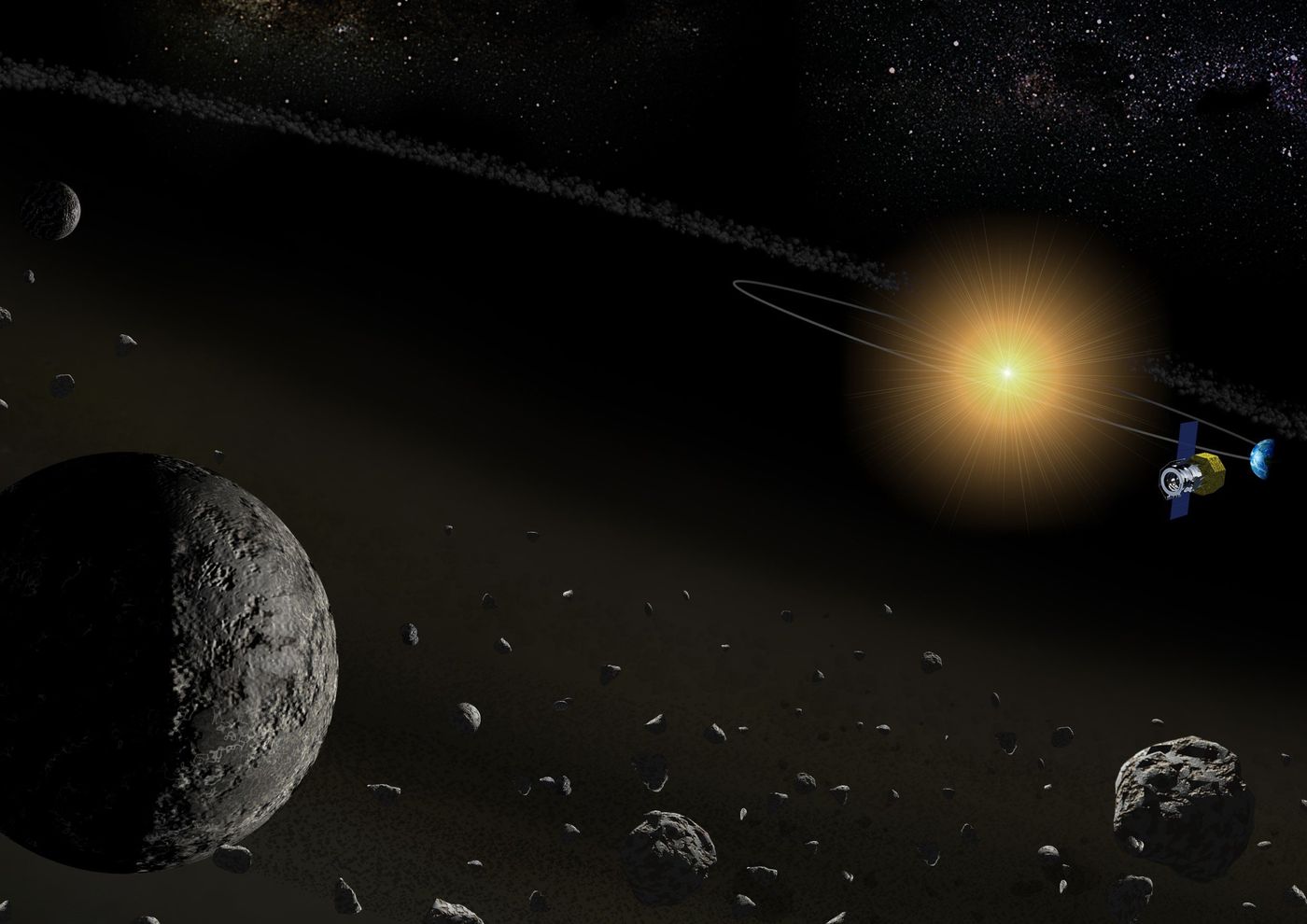Water Detected on Variety of Different Asteroids
Earth sports a lot of water and planetary scientists still aren’t entirely sure how it all got here. To help solve this mystery, astronomers regularly peer at distant worlds throughout our stellar neighborhood to better understand their composition; this includes the bevy of space rocks littering our solar system that we call asteroids and comets.
Image Credit: Kobe University
One of such routine observations was made with the infrared-equipped AKARI (ASTRO-F) satellite, and a team of astronomers from Japan Aerospace Exploration Agency (JAXA) and Kobe University say they detected the presence of water in the form hydrated minerals on multiple asteroids while perusing through old observation data.
The findings were published this month in the journal Publications of the Astronomical Society of Japan, and as it would seem, it’s the first time astronomers have ever reported detecting water on so many asteroids at one time.
But as thrilling as that seems at first glance, the discovery doesn’t even come close to suggesting that these asteroids possess deep and complex ocean systems like we have here on Earth. Instead, what we’re seeing are moist minerals that absorbed water reportedly created as a byproduct of chemical reactions transpiring on the surface.
Related: Was Pluto once home to ancient glaciers?
Confirming that asteroids contain traces of water is especially important to planetary scientists because they’ve long thought that collisions involving asteroids and other space rocks helped deliver some of the water Earth sports today. That said, the findings bring us one step closer to validating this theory.
"By solving this puzzle, we can make a significant step towards identifying the source of Earth's water and unveiling the secret of how life began on Earth," commented study lead author Fumihiko Usui.
Related: Yes, there's water ice on the Moon
Japan decommissioned its AKARI satellite in 2011, but the scientific data it collected with its Infrared Camera (IRC) instrument during its 5-year, 9-month lifespan lives on in JAXA’s data archives for astronomers to sift through at their leisure.
Infrared wavelengths are particularly handy in space exploration because they tend to reveal hidden features on otherworldly bodies, such as ice and minerals. That said, there’s a lot of hype for NASA’s upcoming James Webb Space Telescope, which is exponentially more powerful and could provide useful follow-up data.
It should be interesting to see if more asteroids contain traces of hydrated minerals, or if it’s unique to specific types, but only time and additional observations can verify that for sure.
Source: Phys.org, Publications of the Astronomical Society of Japan









